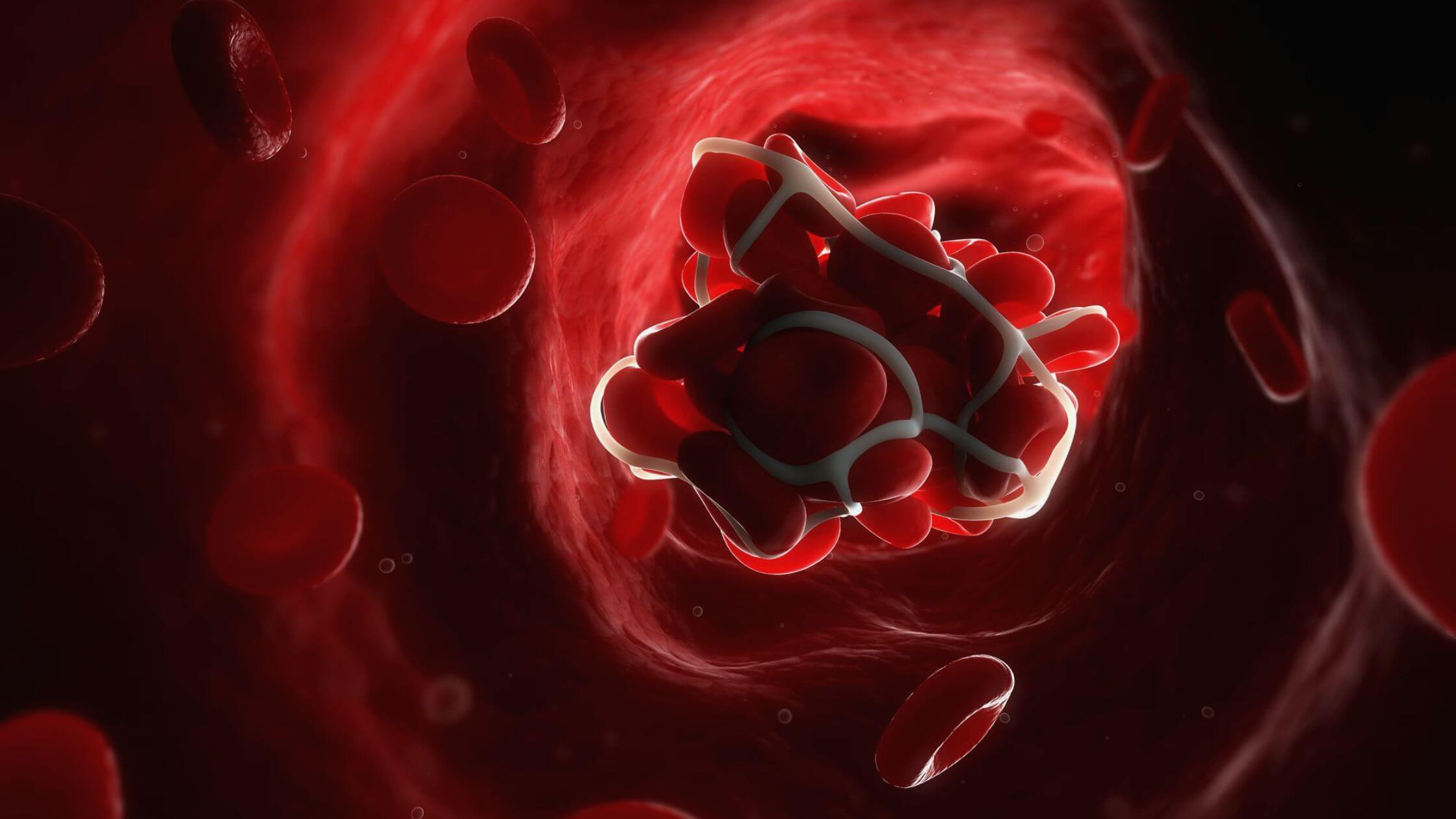Venous Thromboembolism In COVID-19: What We Know So Far?
Nikki Attkisson | Last Updated : August 19, 2022Venous thromboembolism (VTE) is a very common condition and frequently encountered in hospitals, especially in long-term care facilities. VTE can lead to acute pulmonary embolism or deep vein thrombosis (DVT), depending on the location of the blood clot.
Symptoms include pain and swelling, redness and heat in the area of the clot, shortness of breath, and difficulty breathing. The incidence of VTE appears to be on the rise, but no one knows how many people are affected by it every year, or what proportion develop pulmonary embolism versus DVT.
Background And Incidence Of VTE
Since the outbreak of COVID-19, there has been an increased incidence of venous thromboembolism (VTE) reported in patients. VTE is a blood clot that forms in a vein and can have serious consequences if left untreated.

The incidence of VTE in patients with COVID-19 is not yet known, but it is thought to be higher than in the general population. Treatment for VTE includes anticoagulants (blood thinners), which can help to prevent further clotting.
Risks Associated With DVT/PE
Patients with COVID-19 are at an increased risk of developing venous thromboembolism (VTE), which can lead to serious complications like pulmonary embolism (PE).
The underlying mechanisms are not yet fully understood, but it is thought that the disease itself, as well as the treatments used to manage it, may contribute to the development of VTE. Some of the potential risk factors include immobility, infection, and inflammation.
These findings suggest that patients with COVID-19 should be monitored for signs and symptoms of VTE if they are immobilized or hospitalized for a long period of time.
In addition, these patients should avoid activities where there is a higher risk for injury due to a fall or other trauma because this could increase their chance of developing PE.
Further research will help us understand how DVT/PE develops in these patients so that we can reduce these risks.
More From Powdersville Post:
🔵VTE, ASCVD Risk Factors Identified In RA Patients
🔵Covid 19 Hospitalisation Numbers Are Higher Than Ever
Risk Factors, Prevention, And Prognosis
There are several risk factors for developing venous thromboembolism (VTE) during infection with COVID-19. These include being older, having underlying health conditions, and being hospitalized.
Prevention of VTE in COVID-19 patients is important and can be done with early detection and treatment of risk factors, as well as prophylactic measures such as blood thinners.
The prognosis for VTE patients is generally good but can be more serious in those who develop pulmonary embolism. Preventing VTE should not be ignored because it can lead to disability or death.
Updates On Treatment
There is still much unknown about the best way to treat venous thromboembolism (VTE) in patients with COVID-19. Anticoagulation is the mainstay of therapy, but there is debate on the use of low molecular weight heparin (LMWH) versus unfractionated heparin (UFH).
Some studies have shown that LMWH may be more effective than UFH, while other studies have not shown a difference. The most important thing is to individualize therapy based on the patient’s risk factors and severity of the disease.
In general, patients with more severe diseases and those who are critically ill are at higher risk for VTE and may require more aggressive treatment. Doctors must also consider the potential complications when deciding on treatment.
These include bleeding risks, renal failure, and post-thrombotic syndrome – a disorder that causes pain or swelling following an episode of deep vein thrombosis or pulmonary embolism.
It can take up to two years after stopping anticoagulant therapy before patients’ risk of VTE returns to baseline levels; some people will need lifelong anticoagulation therapy as well as prophylactic measures such as compression stockings and close monitoring of blood clotting times
References:
🔵National Library Of Medicine(n.d)Venous Thromboembolism Complicated with COVID-19: What Do We Know So Far? (Available Online):https://pubmed.ncbi.nlm.nih.gov/32396903/
🔵National Library Of Medicine(n.d)Venous thromboembolism in patients with COVID-19. A prevalent and a preventable complication of the pandemic(Available Online):https://www.ncbi.nlm.nih.gov/pmc/articles/PMC7908849/
With over 15 years as a practicing journalist, Nikki Attkisson found herself at Powdersville Post now after working at several other publications. She is an award-winning journalist with an entrepreneurial spirit and worked as a journalist covering technology, innovation, environmental issues, politics, health etc. Nikki Attkisson has also worked on product development, content strategy, and editorial management for numerous media companies. She began her career at local news stations and worked as a reporter in national newspapers.
